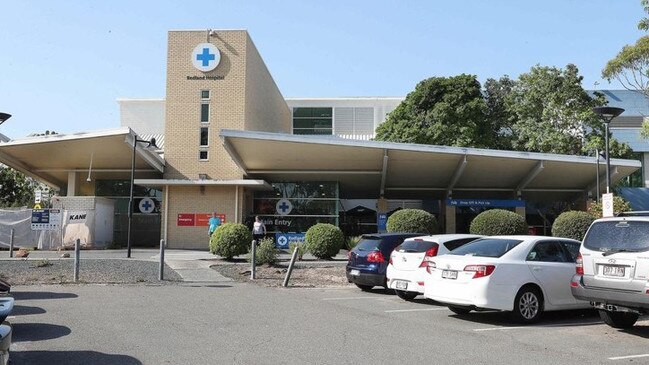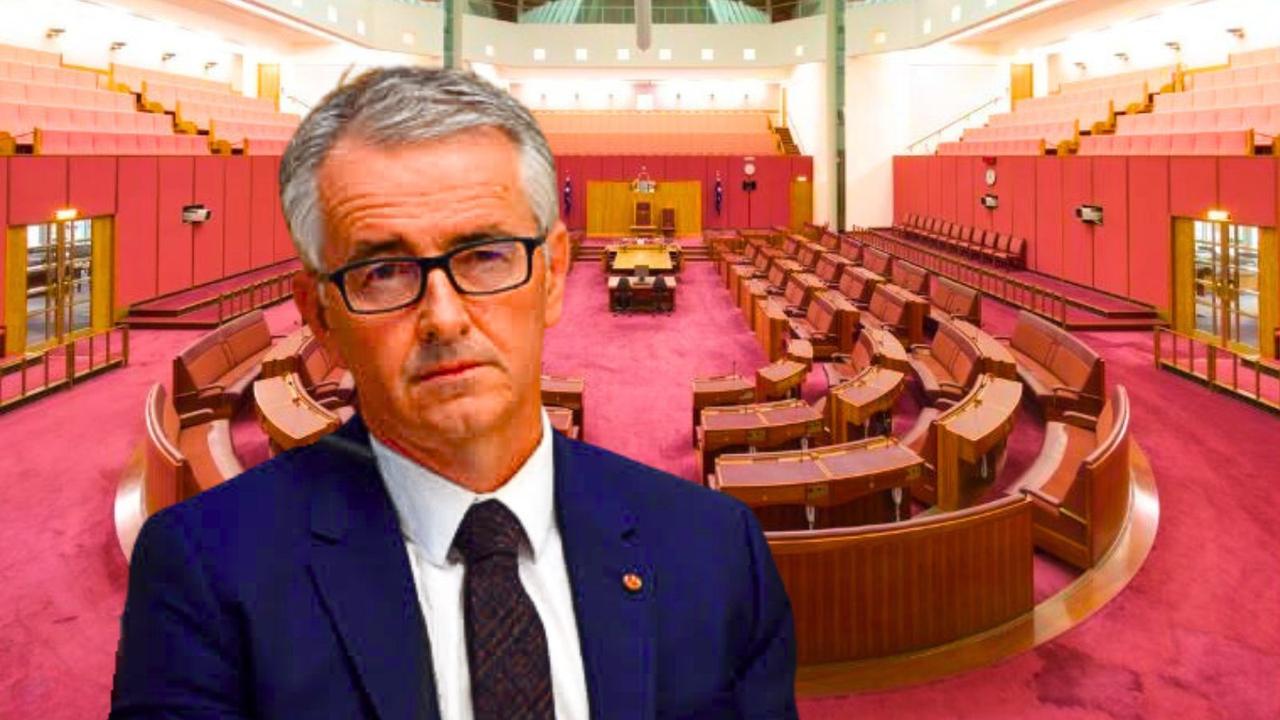Patient pairs in ambulance rides as transport innovation eases hospital strain
The state’s overworked ambulance service is now transporting two patients on some trips. The revelation comes as updated data shows patients are waiting up to eight hours, on average, in the emergency department at one hospital.

Redlands Coast
Don't miss out on the headlines from Redlands Coast. Followed categories will be added to My News.
The state’s overworked ambulance service is now taking two patients in the back of its vehicles during trips to hospitals.
The revelation came as updated data shows patients were waiting up to eight hours, on average, in the emergency department at one hospital.
The doubling-up practise came to light after an immunocompromised patient was loaded into an ambulance with another man for a 45-minute trip from the Redland Hospital emergency department to a Brisbane hospital earlier this month.
The cancer patient, who had recently had major surgery and has had immunity-suppressing chemotherapy, said he was not asked if he was immunocompromised.
He said the bayside hospital was so heavily swamped with ambulance presentations on a Friday morning that, after he had a catheter inserted, he was sent back into the ED waiting room.
The patient was forced to sit on waiting room chairs which had dried tree leaves, sand and lolly wrappers wedged into the creases.
It took five hours for him to see a doctor and a total of eight hours before the Redland Hospital emergency department moved him via ambulance to a Brisbane hospital.
“I was strapped on to a stretcher in a hospital gown but was able to sit up unlike the other patient, who was lying down,” the patient said.
“I was not told the condition or the name of the other patient who was dropped off at an aged care facility.”

the Queensland Ambulance Service said multi-patient transfers were standard in Australia and overseas, but could not comment on the particular case as the patient did not want to be identified.
The QAS said taking two people at a time was a safe and efficient way to move non-critical patients between hospitals and said multi-patient transfers were not linked to ramping or system pressures.
“We will only transfer two patients together if it is safe to do so,” a QAS spokesman said.
“All patient transfers must meet strict clinical guidelines and infection prevention measures and occur under the care of qualified paramedics or nurses.
“Interfacility transfers occur at the request of the treating hospital, which informs QAS about the patient’s clinical needs and type of transfer required.”
QAS, recognised as the country’s busiest and only free mainland service, transported 4654 more patients to hospitals in the December quarter compared to the same time the previous year.
Queensland’s ambulance services responded to 1.2 million incidents last year and received 27,694 more calls in the December quarter compared to the year before.
The increase in the number of people using the Queensland Ambulance Service to and from hospitals was one of the factors swamping state hospital emergency departments.
Statistics from December and November showed the average length of stay in many of the state’s 26 reporting hospitals had increased.
Redland Hospital emergency department, where the ambulance patient stayed for about eight hours, had the state’s 14th longest average emergency department stay time in December.
An average stay at the Redland Hospital emergency department in December was five hours and six minutes.

That compared to the average stay at Caboolture Hospital in December of 404 minutes, or six hours and 44 minutes — up from 393 minutes or six hours and 33 minutes in November.
Top of the list in December was Hervey Bay Hospital where the average stay in an emergency department was more than seven hours.
At the bottom of the list was Mt Isa, where an average stay in an emergency department in the December quarter was nearly three hours.
Ipswich had an average stay time of five hours and 40 minutes (340 minutes) in December, down from 390 minutes the month before.
Logan Emergency Department patients stayed for an average 301 minutes, or five hours and one minute, before being discharged or admitted as a patient in December.
Queensland Health said a patient’s length of stay at an ED was calculated from the time the patient arrived to the time of their physical departure from the ED.
It included time spent receiving treatment and time in which the patient waited to be discharged or admitted as an inpatient following treatment.
Queensland Health said current emergency department wait times, a different statistic to the patient stay time, showed a median wait time of 15 minutes – four minutes lower than in 2015.
In December, Redland Hospital reported a median wait time for category three patients of 15 minutes and 20 minutes for category 5 patients.
For the same time period, Caboolture Hospital reported a median wait time of 24 minutes for category 3 patients and 22 minutes for category 5 patients.
Across Queensland in the December quarter, 74 per cent of patients presenting to Emergency Departments were seen within clinically recommended time frames – an increase of 4.5 per cent on the same time the previous year.





